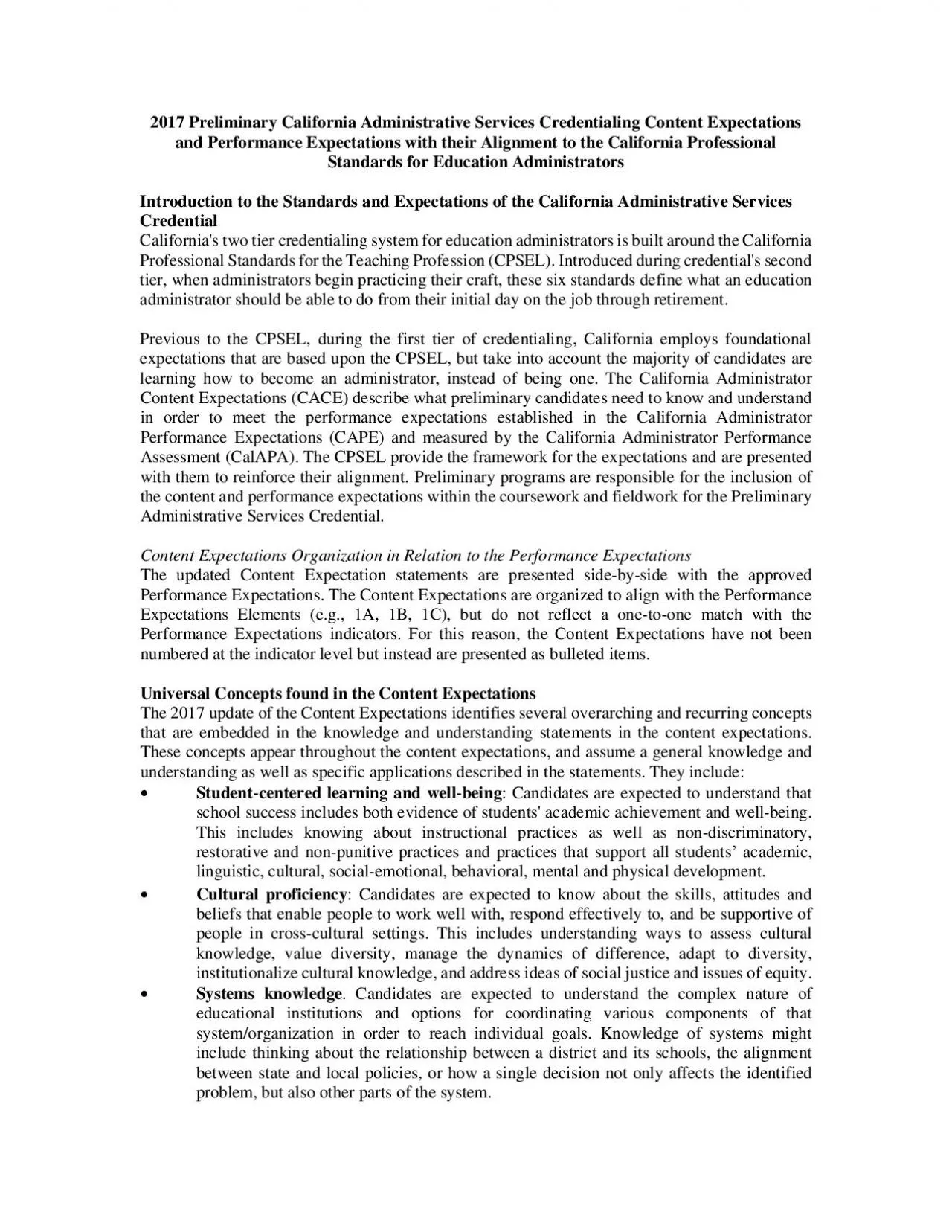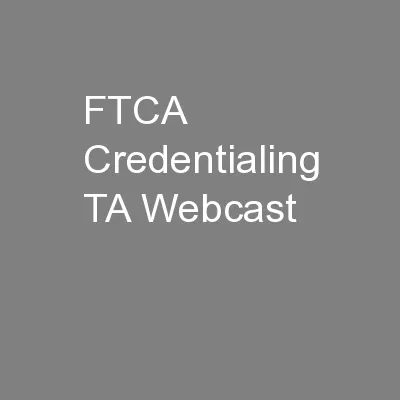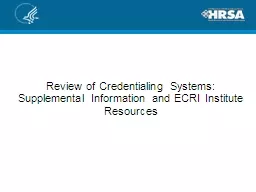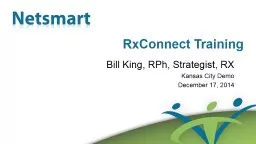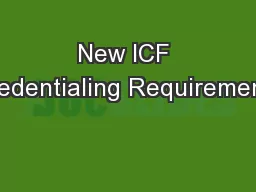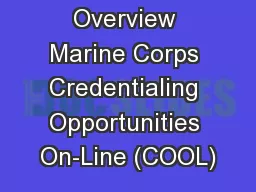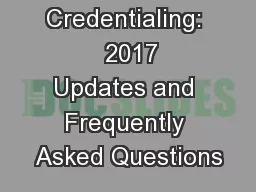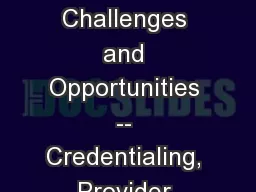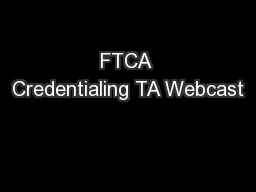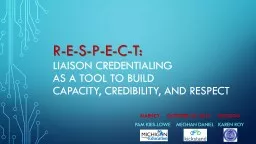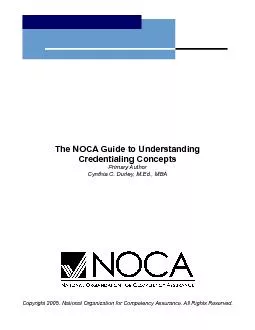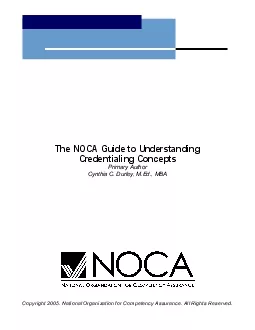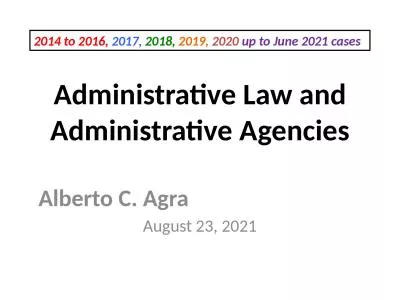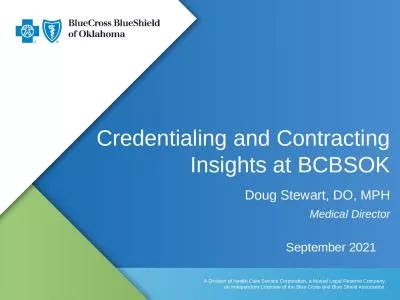PDF-2017 Preliminary California Administrative Services Credentialing Cont
Author : anya | Published Date : 2021-01-11
Data use Candidates are expected to understand the ways data can be used to make informed decisions in a variety of contexts Data use includes the collection selection
Presentation Embed Code
Download Presentation
Download Presentation The PPT/PDF document "2017 Preliminary California Administrati..." is the property of its rightful owner. Permission is granted to download and print the materials on this website for personal, non-commercial use only, and to display it on your personal computer provided you do not modify the materials and that you retain all copyright notices contained in the materials. By downloading content from our website, you accept the terms of this agreement.
2017 Preliminary California Administrative Services Credentialing Cont: Transcript
Download Rules Of Document
"2017 Preliminary California Administrative Services Credentialing Cont"The content belongs to its owner. You may download and print it for personal use, without modification, and keep all copyright notices. By downloading, you agree to these terms.
Related Documents

